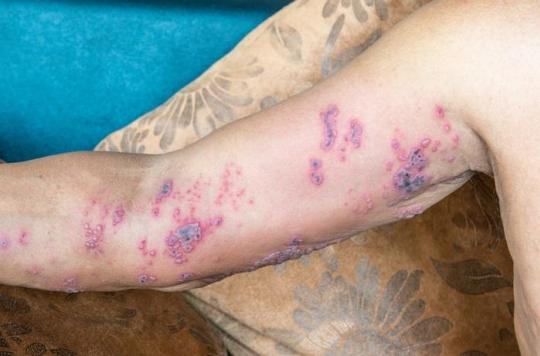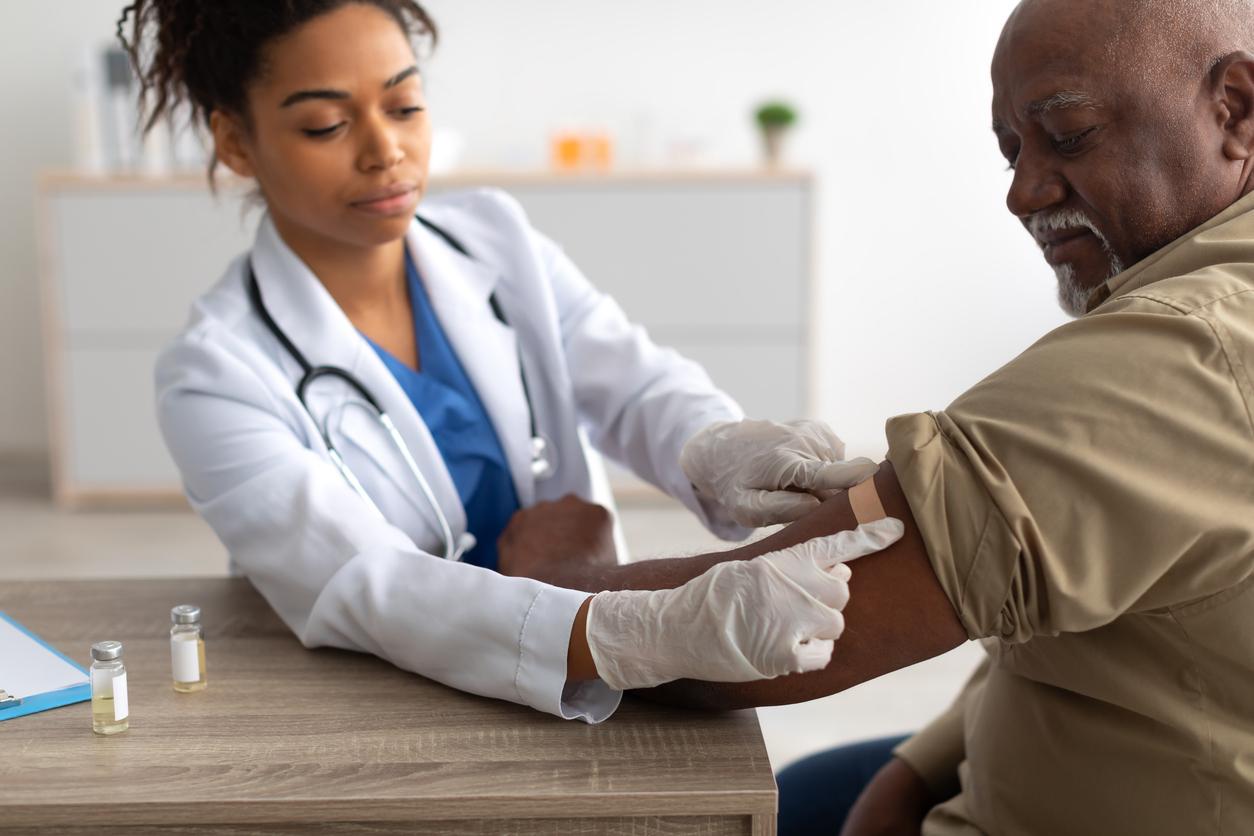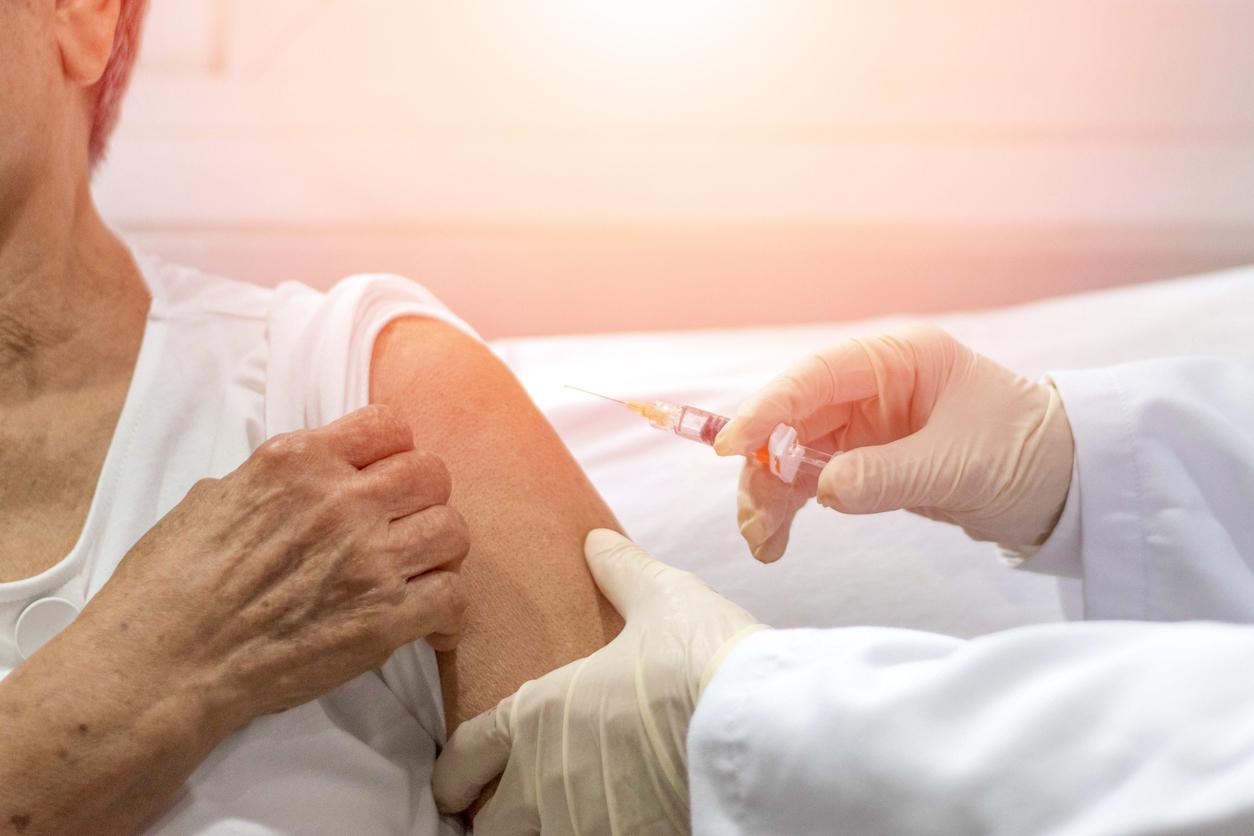At the time of vaccination against influenza, it is worth remembering that vaccination against shingles can be carried out at the same time. Little known, it is however very interesting against shingles and chronic pain after 65 years.

Reimbursed at 100% after the age of 65, very effective and very well tolerated, vaccination against shingles is nevertheless very little practiced in France (nearly 10%), unlike other European countries (more than 50%, even 70% ). This French delay is overwhelming and for the greatest misfortune of those who will reactivate the varicella-zoster virus: painful infection which can become over-infected, ophthalmic shingles which can make you blind, excruciating after-effect pain and difficult to treat…
Chronic pain after shingles would even be the leading cause of suicide in painful elderly people (“the pain that drives you crazy”). And yet, the live attenuated vaccine against shingles is most often not even considered even though, in studies, it reduces the risk of post-zoosteric pain by 70%. Above all, a single injection is enough and it can even be carried out without risk at the same time as the flu vaccine.
Effectiveness confirmed in real life
A study assessed the effect in England of the first three years of the vaccination program against the risk of shingles and postherpetic neuralgia. In 2013, a vaccination program against infections with herpes zoster (chickenpox, shingles, postherpetic neuralgia) was introduced in England for adults aged 70, to prevent shingles and postherpetic neuralgia.
In this study, researchers extracted data from the Royal College of General Practitioners Primary Care Network on consultations of patients aged 60 to 89 for shingles and postherpetic neuralgia. The study, carried out with public funds, was published in the journal The Lancet Public Health.
Very significant results
The analysis looked at more than three million people who consulted their GP over three years. As of August 31, 2016, the vaccination coverage against shingles in the population over 65 varies between 58% for the recently targeted cohorts and 72% for the first vaccinated cohort.
During the first three years of vaccination follow-up on the initially targeted cohorts, the incidence of shingles decreased by 35% and postherpetic neuralgia by more than 50%. The shingles vaccination program in England has had a proven impact on the English population equivalent to around 17,000 fewer episodes of shingles and 3,300 fewer episodes of postherpetic neuralgia in 5.5 million people.
These results are particularly interesting for the prevention of shingles and in particular of postherpetic neuralgia, and should encourage doctors to inform about this vaccination.

.














